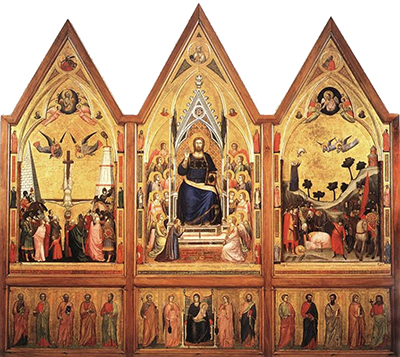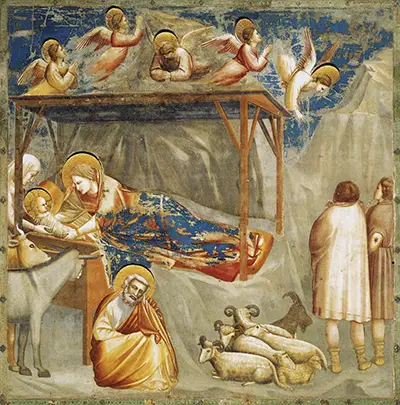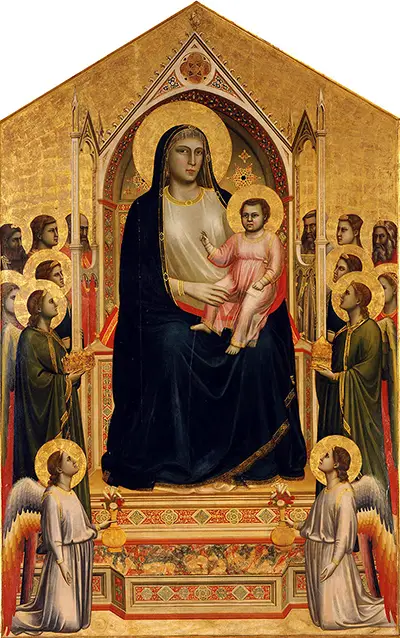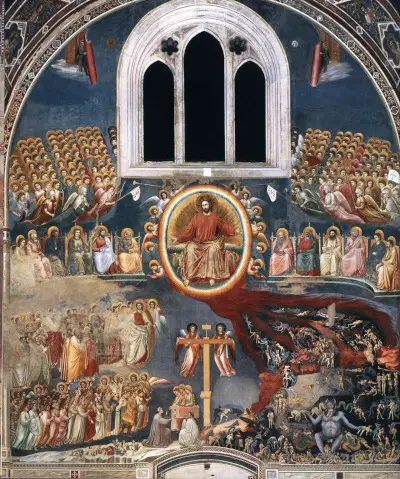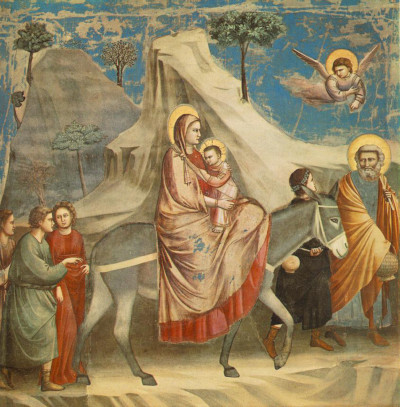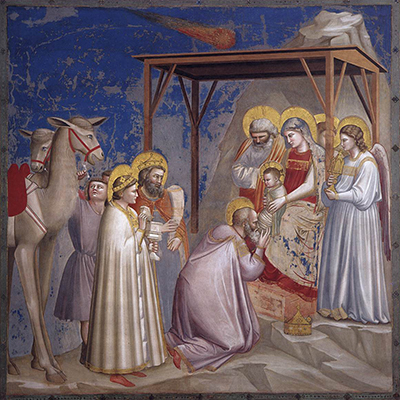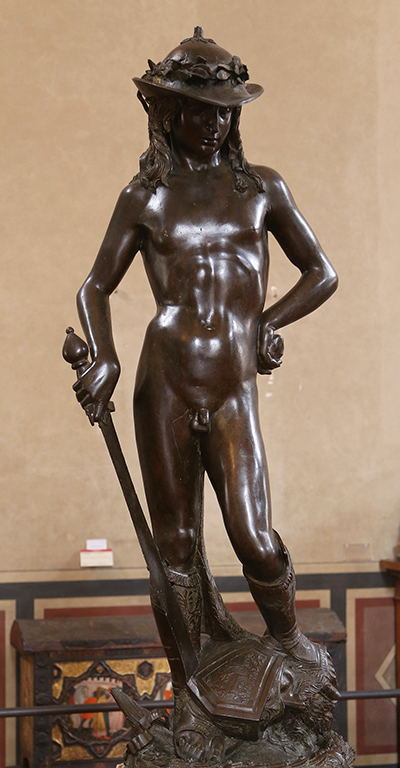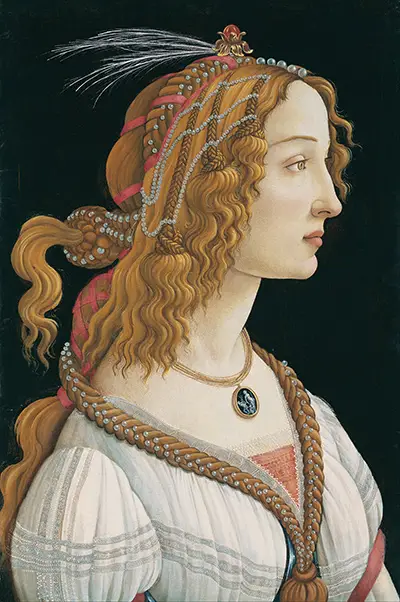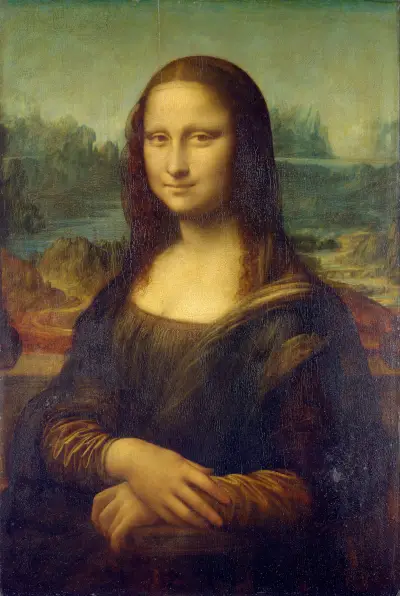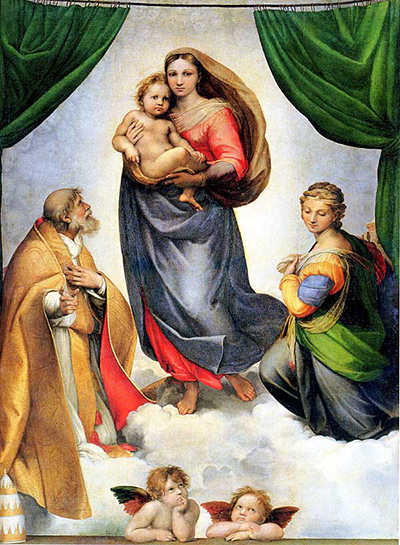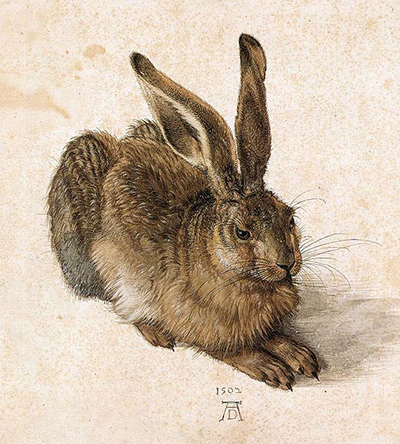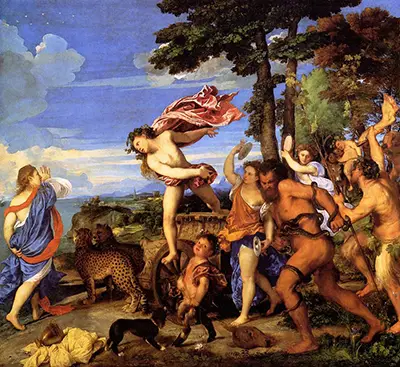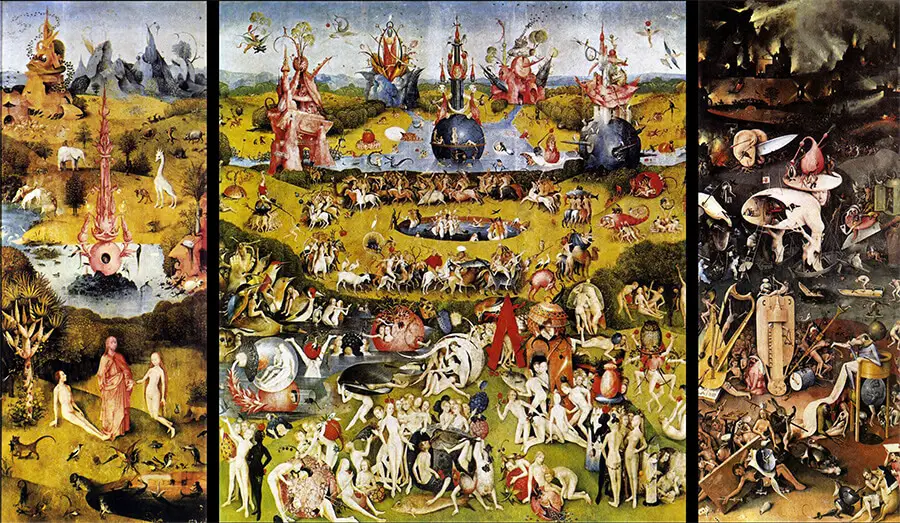The ornately elegant Bologna Polyptych is a later piece and one of the few signed works by 14th century Florentine artist, sculptor and architect Giotto di Bondone (Giotto).
Painted in tempera (the primary panel painting medium of the period) and gold on wood, it features a majestic Virgin being caressed on the cheek by her Child, flanked by St. Peter, the Archangel Gabriel, the Archangel Michael and St. Paul. The physical and psychological naturalism of the figures in the Bologna Polyptych highlight just how much Giotto's realism contrasts with the traditional stylization of Byzantine Christian art.
Like Giotto himself, whilst aspects of the Bologna Polyptych are known, many others are the subject of controversy. The chiaroscuro contrast of the drapery and the plasticity of the figures in the Bologna Polyptych show traces of the later, more mature style of Giotto. Dated between 1330-1334, the painting features Giotto’s signature on the step of the throne of the Virgin Mary. However the Bologna Polyptych is not the work of his own hand, it is an assemblage produced by members of the large workshop under his training, probably following his designs. Prominent pupils included Florentine artists Masodi Banco and Taddeo Gaddi, the works of whom explore Giotto’s three dimensional realism.
As an apprentice Giotto worked closely with his master Cimabue, together they worked on the ceiling of the Church of St. Francis in Assisi, portraying scenes from the saint's life. However, although Giotto looked to Cimabue and other Medieval masters for cues on subject matter and location in his frescos, he led the movement away from the flowing unrealistic figures in Medieval works instead introducing religious paintings featuring real people with real emotions in vibrant three dimensionality. Giotto’s Christ Child in the Bologna Polytych is a key example, featuring the chubby constitution of a real infant, reaching for his mother’s face and kicking his legs as a real infant would do.
Painter and art historian, Giampietro Zanotti was the first to describe the Bologna Polyptych in 1732 when found in the small church of Santa Maria degli Angeli in Bologna. He attributed the client as Gerra Pepoli, whose family ruled Bologna in the first half of the 14th century, however the client was actually Bertrando del Poggetto who commissioned Giotto between 1330-1334 for the alter-piece for the private chamber of Pope John XXII within the Palazzo-Castello of Porta Galliera in Bologna.
Now housed in the Pinacoteca Nazionale di Bologna, Giotto's Bologna Polyptych represents the key elements and genius of the artist renowned for leading the redirection of arts away from medieval stylization towards Renaissance naturalism. Or as painter, architect and art historian Giorgio Vasari puts it, Giotto "made a decisive break with the... Byzantine style and brought to life the great art of painting as we know it today, introducing the technique of drawing accurately from life."
More Renaissance Artists



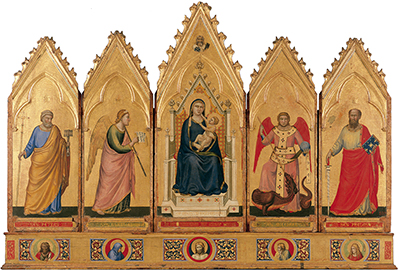
 Giotto.jpg)
 Giotto.jpg)
